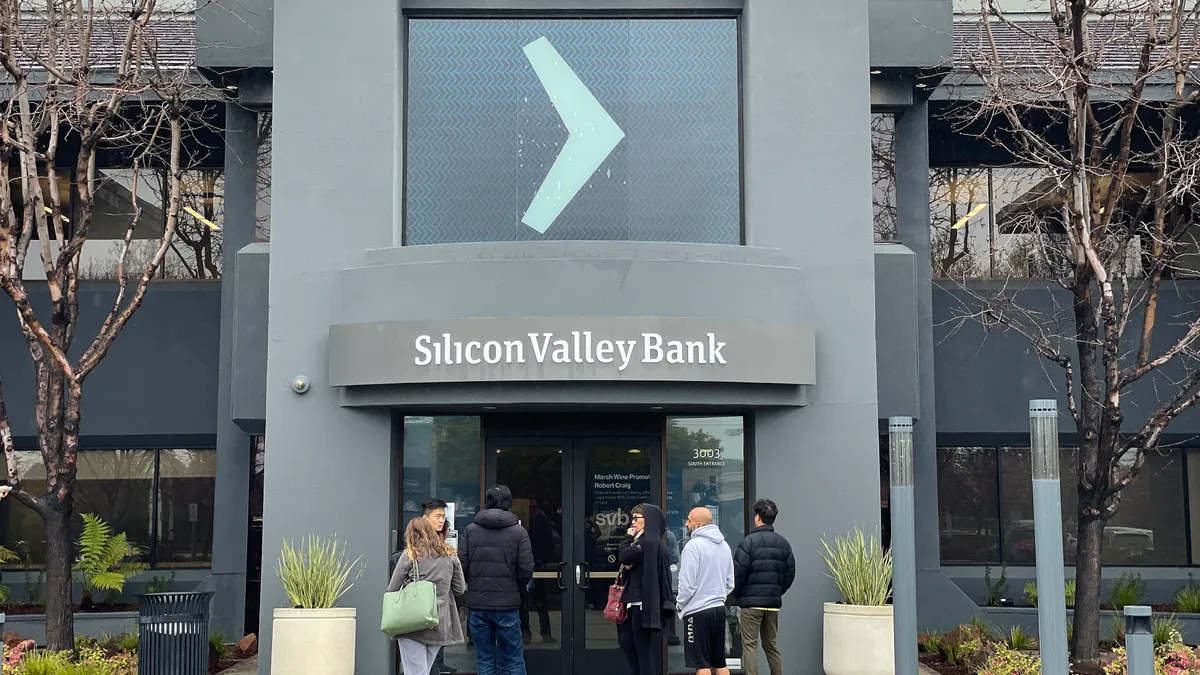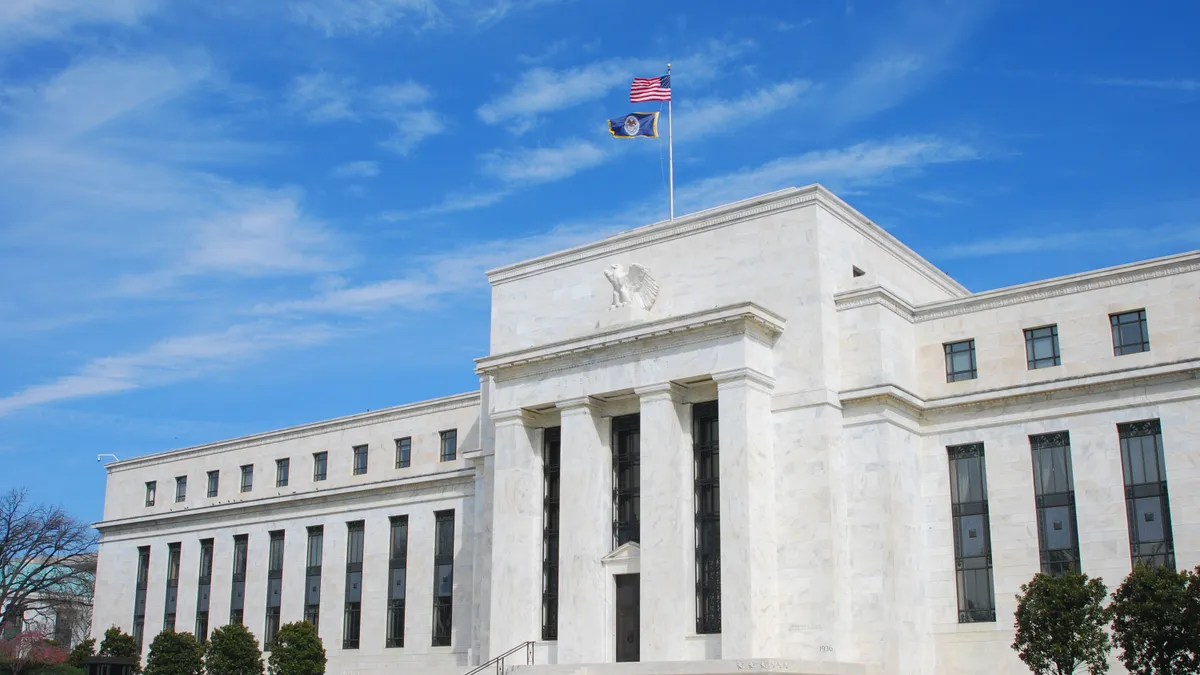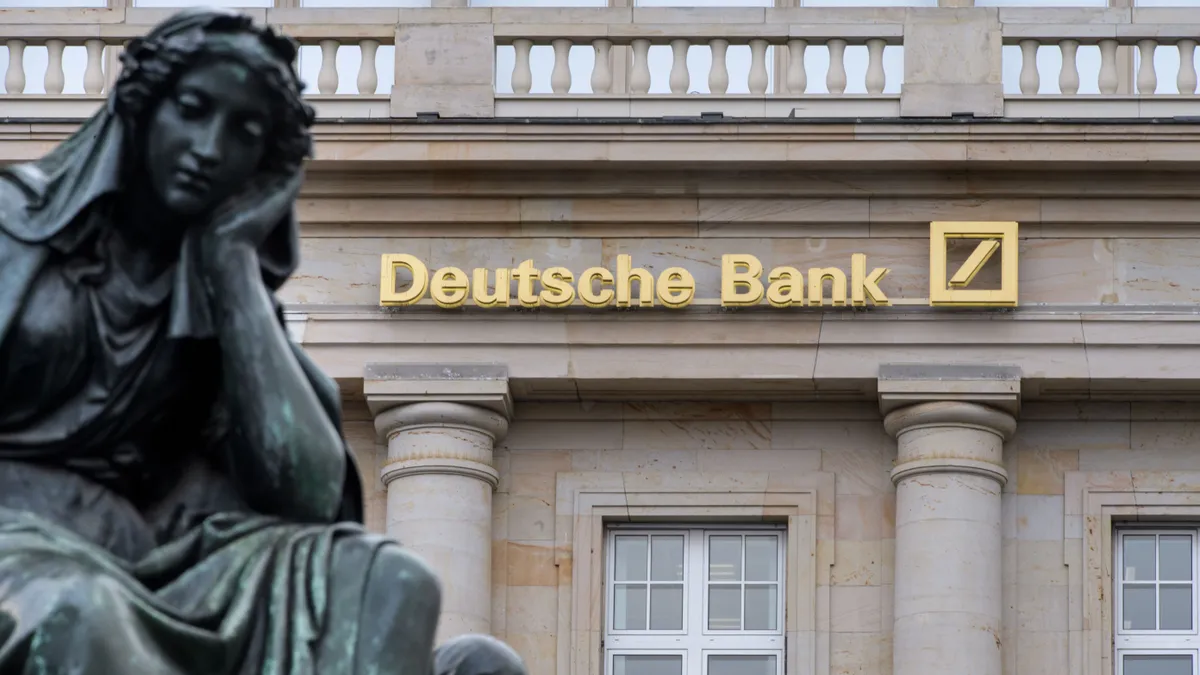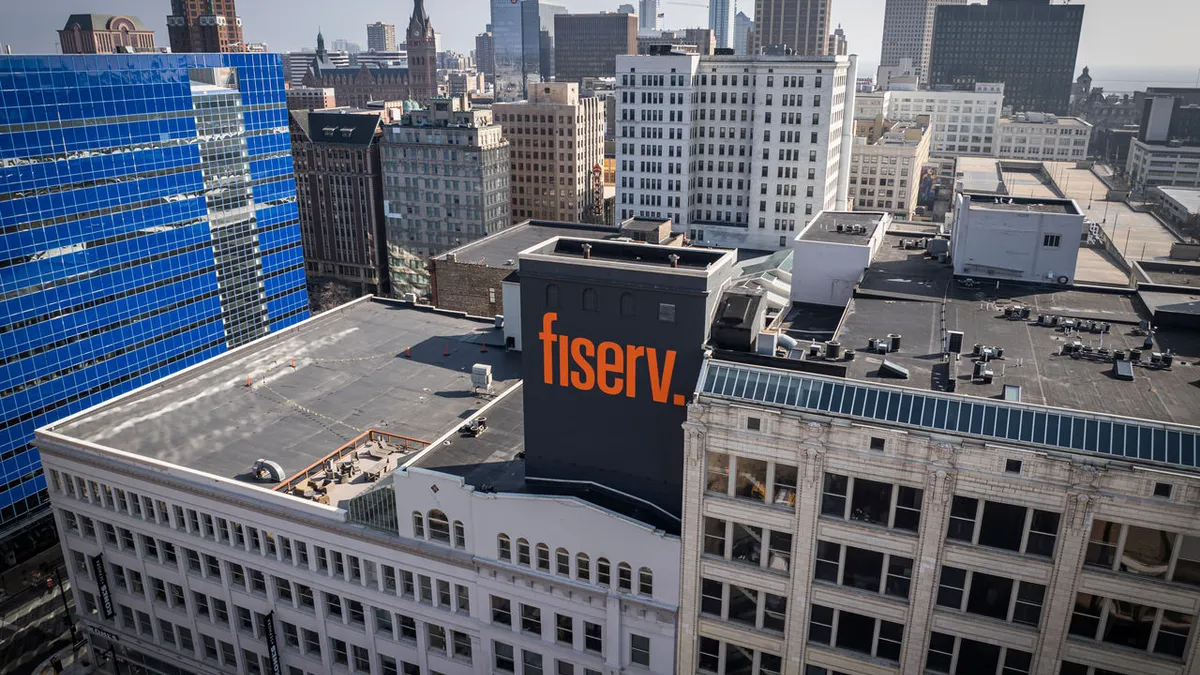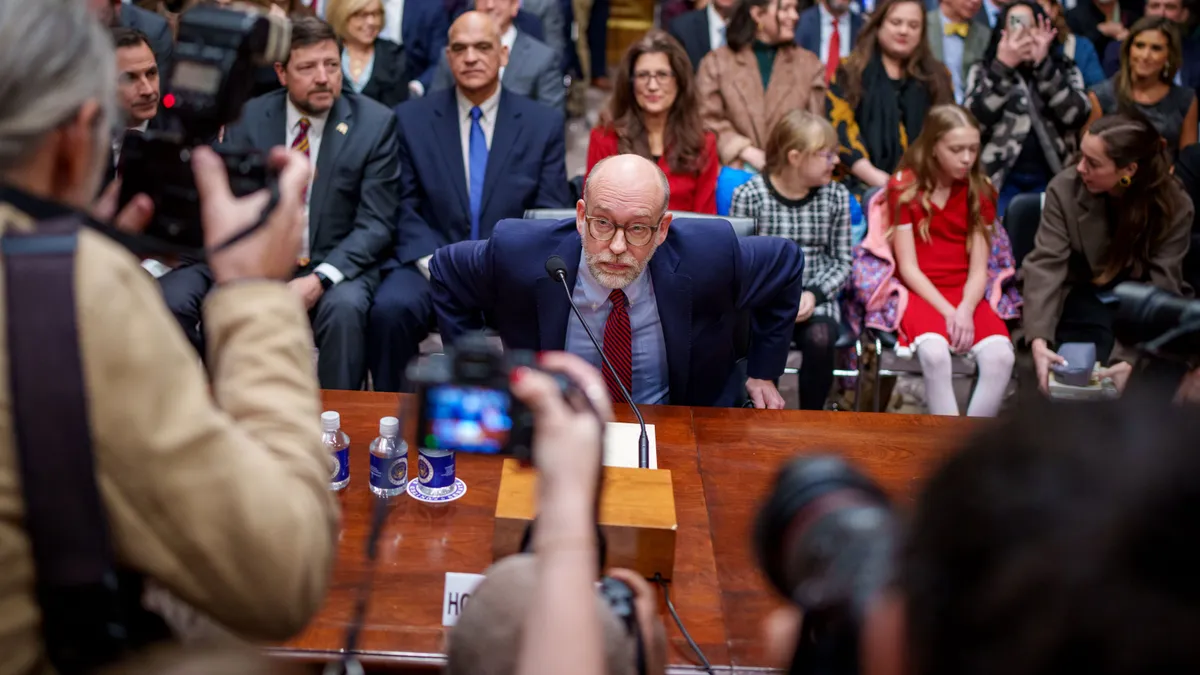The collapse of Silicon Valley Bank may have appeared sudden and unexpected on the outside.
But the company and its chief risk officer parted ways in April 2022, and its risk committee more than doubled its meetings to 18, suggesting growing concern with the bank’s position, according to the company’s 2023 proxy statement.
Depositors, advised by venture capital firms to pull their money after the company sought a $2.25 billion capital raise to shore up its equity position, withdrew some $42 billion in cash over 44 hours, creating the liquidity crisis that led the FDIC to take over the bank Friday.
The 40-year-old bank’s rise is tied to Silicon Valley’s storied technology boom, but, as some analysts believe, it kept too much money in long-term bonds at a time when interest rates were going up, forcing it to liquidate investments at a loss when depositors started withdrawing their money.
"This is a classic asset-liability mismatch, triggered by higher rates, and compounded by leverage," Jurrien Timmer, director of global macro at Fidelity, said in an analysis.
The Fidelity analysis says the bank was poorly positioned as the Federal Reserve increased rates.
“SVB bought bonds in prior years when it was cash rich,” it said. “But that was before the Fed began aggressively hiking rates and the venture capital market experienced some turbulence.”
Internal changes
Laura Izurieta stepped down from her role as chief risk officer in April, the proxy shows, leaving the company without someone in that position until January, when the company announced it had hired Kim Olson, a former CRO for Sumitomo Mitsui Banking Corp.
“Kim’s deep and multi-faceted financial services experience as a senior risk leader and former regulator and bank supervisor positions her perfectly to actively manage SVB’s financial and non-financial risks and to build and scale the firm’s risk management capabilities through our next phase of growth,” Greg Becker, SVB president and CEO, said in the announcement.
When Izurieta left her role, she signed a separation (without cause) agreement and stayed on for another six months in a non-executive role to provide transition stability while the company looked for her replacement.
“Given the significance of the position of the chief risk officer, it was important to the company that the transition be facilitated in a manner that supported continuity and retention within the risk organization as we searched for a new chief,” the proxy statement says.
Possibly to compensate for the absence of a CRO, the company’s risk committee met 18 times, more than twice as the seven it met in 2021, according to the 2022 proxy statement, and it added a member to bring the roster to seven, more than any other committee.
All of these risk-related moves are noteworthy, says Noah Barsky, a professor in executive and graduate business programs at the Villanova University School of Business.
“Did the risk committee think 18 meetings equate to a collective de facto CRO?” Barsky says in a Forbes analysis. “Such turmoil was no match for rising rates, portfolio strain and cash adequacy aims.”
Company executives appeared to know about the rising risk if their stock trades are any indication.
“Legitimate questions … swirl about CEO Greg Becker selling $3.6 million of SVB stock just days before the proxy filing and capital raise disclosure,” said Barsky. “Other insider trades show the current CFO and CMO selling shares too. What did these executives and others anticipate? When did the insider selling really begin?”
It’s possible the company would have been more on top of its liquidity risk had it continued to conduct the annual stress test it was required to do under Dodd-Frank until lawmakers raised the asset threshold from $10 billion to $250 billion in 2018. That left SVB, with about $209 billion in assets, off the hook.
“SVB would have been required to undergo regular stress tests before the revision,” Dean Baker of the Center for Economic and Policy Research told The Intercept. “Among the stresses you look at are sharp rises in interest rates, which is apparently what did in SVB. Presumably, if its books had been subject to this test, the risk would have been detected and they would have been required to raise more capital and/or shed deposits.”




